The fog was a good atmospheric primer for a visit to what is thought to be the oldest colonial cemetery in the Maritimes: The Old Burying Ground in Halifax. It’s surrounded by numerous landmarks: Barrington Street, Spring Garden Road, St Mary’s Basilica, St. Paul’s Church, and what was formerly known as the Technical University of Nova Scotia.
Founded in 1749, the cemetery was a non-denominational public cemetery and the only cemetery used by Haligonians for almost 100 years. In 1793 it was turned over to St. Paul’s Church (oldest Protestant place of worship in Canada) and fifty years later, in 1843, the cemetery closed and all burials moved to Camp Hill. The graveyard gradually fell into disrepair until the 1980s when it was restored by the Old Burying Ground Foundation. It has since become a popular stopping point for tourists looking for a taste of Halifax’s history.
The informational tablet in the centre of the graveyard reads: These gravestones were all carved by hand, using chisels and wooden mallets. Many of the old slate stones were quarried and carved around Massachusetts Bay, and shipped to Halifax before the American Revolution. By the 1770s local stone carvers were making gravestones from a poorer quality local slate (or “ironstone”). Most gravestones carved after 1820 are plain, massive sandstone.
Near the Burying Ground is the above mentioned St. Paul’s Church located in the Grand Parade in central Halifax. Here I wandered for a fair while enjoying the stained glass windows and religious artifacts. I’m always amazed at how cool, quiet and peaceful churches in Nova Scotia are; like you are suspended in liquid the entire time you’re inside.
One of the more well known stories of the church comes from the Halifax Explosion. The St. Paul’s website reads: The terrible explosion of December 6, 1917, is memorialized in the “explosion window” (upper level, third from the back of the church) and the wooden sill embedded in the wall over the memorial doors in the entryway. The apparent profile in the broken glass of the window is said to resemble that of the Rev. Jean-Baptiste Moreau, an assistant at St. Paul’s from 1750 to 1753. Following the explosion, the vestry was used as an emergency hospital and the bodies of hundreds of victims were laid in tiers around the walls.
As one final macabre note about the church: twenty of the original church parishioners (who perhaps didn’t want to be buried in the Old Burying Ground) are buried underneath the main floor of the church. One of these is said to be Bishop Charles Inglis.
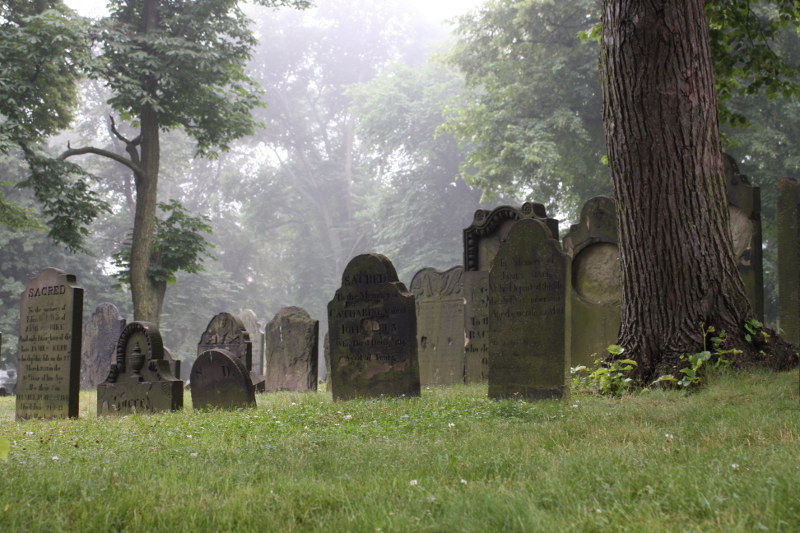
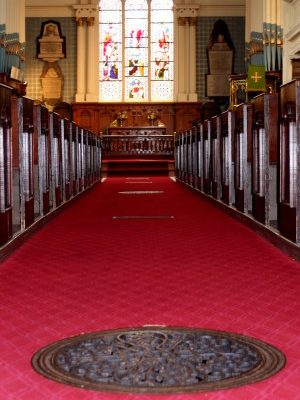
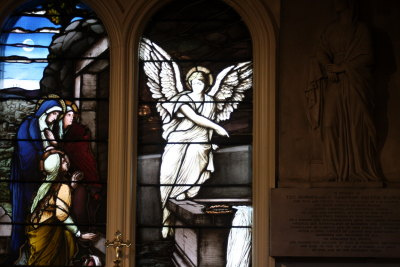
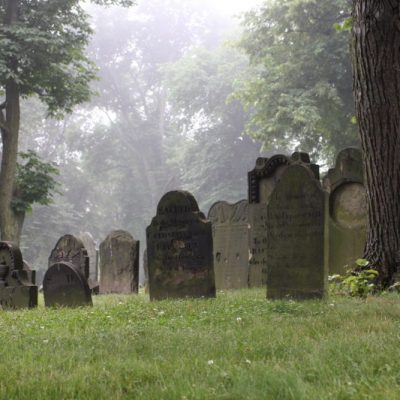
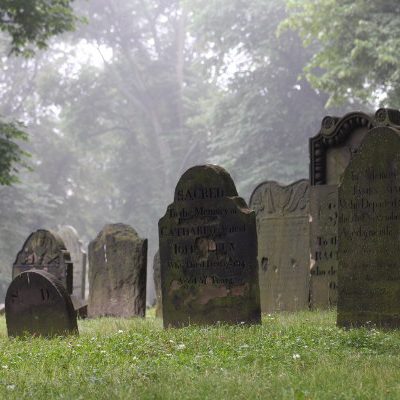
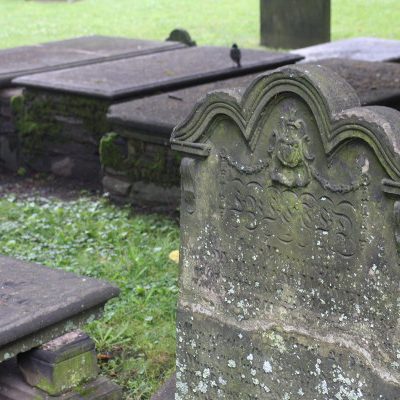
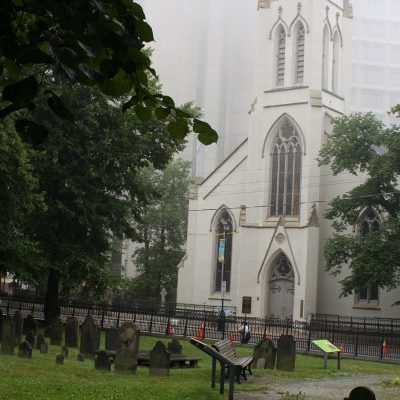
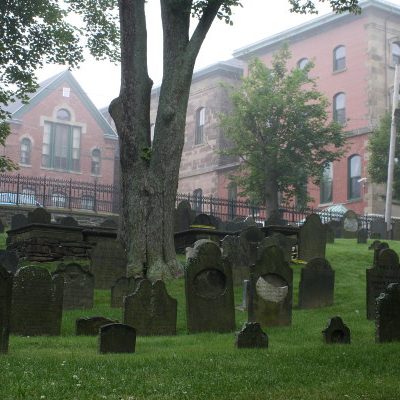
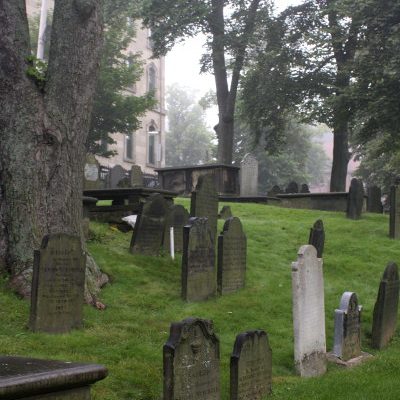
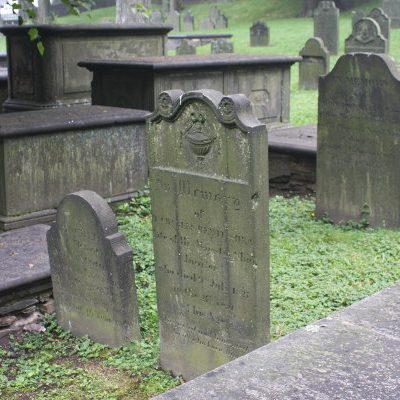
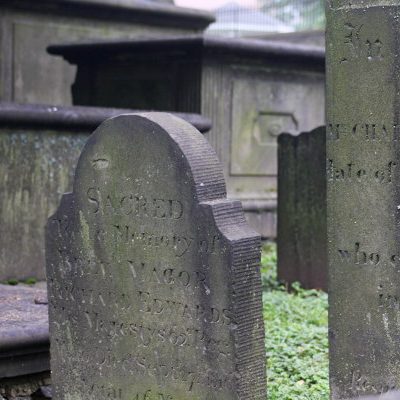
0 comments on “Old Burying Ground”Add yours →